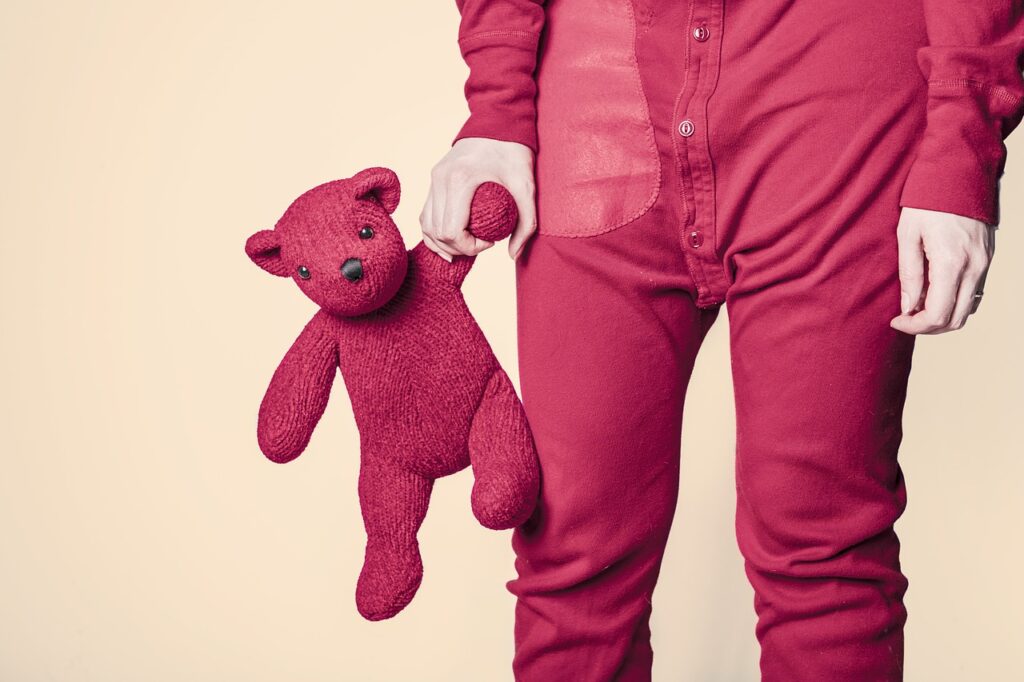You’ve been asleep for 2 hours when feet tiptoe into the bedroom around 1AM followed by a blanket being dragged across the carpet. Johnny hops between you and your spouse and is wrapped in a cocoon within minutes. Too tired to move, you close your eyes and go back to sleep. Your little visitor now owns the bed.
Researchers argue about the risks and benefits that accompany co-sleeping. Some suggest that it fosters a healthy bond between parent and child. Others believe that it impedes individual development and growth. Co-sleeping is complicated because of cultural biases that affect sleep arrangements, sleep patterns that biologically change across a lifespan, the impact that it can have on relationships between parents and differing views between child caretakers.1
A research study conducted by Cortesi et al. assessed the effect of co-sleeping on children in Western societies. The authors found that children 5 to 9 years of age who are co-sleepers go to bed later, have greater levels of resistance about bedtime, have higher anxiety about sleeping and are more likely to have emotional and behavioral disruption. Parents of co-sleepers are also more likely to have conflicts.2
Research has shown there to be medical sequelae. A study found that men who slept with their offspring were more likely to have lower levels of evening testosterone.3 Co-sleeping also likely poses a higher risk of sudden infant death syndrome (SIDS).4 Thus, infants should never sleep in their parents’ bed. However, the American Academy of Pediatrics recommends that your child be in the same room with you (but not the same bed) until at least 6 months to lower the risk of sudden infant death syndrome.5
But is there a way to have your child feel the same love and affection of co-sleeping and still get them to sleep in their own room when they’re older? Always stick to their bedtime and develop a routine in your family. This may involve an evening story or a nighttime song. Tuck them in and give them a goodnight kiss. Teach them ways to self soothe with a blanket or a soft stuffed animal so they can learn to fall asleep without you present. Children respond to structure, consistency and affection.
If your child finds their way into your bedroom while you are sleeping, they may autonomously decide to leave if you intentionally make their bedroom more comfortable than yours. Ensure that their sleeping arrangement in your room is less pleasant (e.g. minimal space in the bed). When they sleep in their own room, be sure to praise them the next morning.
Sleeping independent of children is important for the dyadic relationship between husband and wife. Allow your child to develop a balance between autonomy and dependency. Don’t hinder individuation and strive to create a healthy parent-child relationship.
- Owens, J. (2008). Socio-Cultural Considerations and Sleep Practices in the Pediatric Population. Sleep Medicine Clinics, 3(1), 97-107.
- Cortesi, F., Giannotti, Sebastiani, Vagnoni, & Marioni. (2008). Cosleeping Versus Solitary Sleeping in Children With Bedtime Problems: Child Emotional Problems and Parental Distress. Behavioral Sleep Medicine, 6(2), 89-105.
- Gettler, L., McKenna, J., McDade, T., Agustin, S., Kuzawa, C., & O’Connor, K. (2012). Does Cosleeping Contribute to Lower Testosterone Levels in Fathers? Evidence from the Philippines (Cosleeping, Fatherhood, and Testosterone). 7(9), E41559.
- Person, T.L.A., Lavezzi, W.A., Wolf, B.C. (2002). Cosleeping and sudden unexpected death in infancy. Archives of Pathology and Laboratory Medicine, 126 (3), pp. 343-345.
- Moon, R. (2016). SIDS and other sleep-related infant deaths: Evidence base for 2016 updated recommendations for a safe infant sleeping environment. , 138(5), Pediatrics. , 2016, Vol.138(5).












